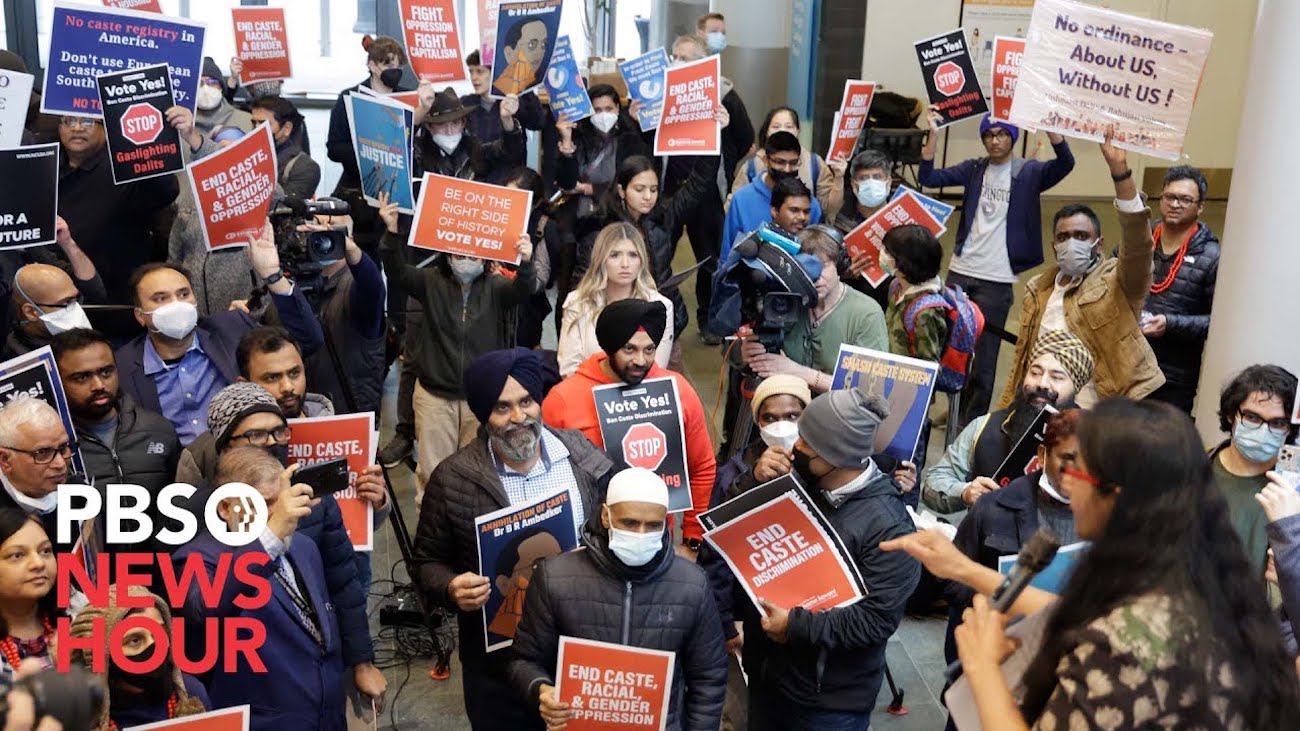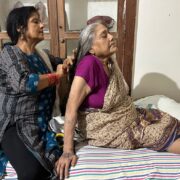Caste is One of the Least Visible Yet Most Pernicious Sources of Anti-Asian Hate in the U.S.
- This is why we strongly support all legislation or ordinances anywhere that add caste to existing anti-discrimination policies.

The politics around California’s recently proposed legislation banning caste-based discrimination have become contentious. They shouldn’t be. Caste discrimination remains one of the least visible yet most pernicious forms of anti-Asian hate in the United States, and we — scholars of South Asia, teaching in U.S. universities and public educators about religion, and all members of the South Asia Scholar Activist Collective — are confident that this law will help create a more just and equitable world.
The evidence of hate crimes against caste-oppressed groups in the U.S. shows that such protections and mechanisms for redress are not only warranted, but necessary. This bill recognizes this disturbing reality, while also providing recourse to those victimized by this particular form of oppression that has until now escaped legal scrutiny and that is not captured adequately by existing civil rights protections.
This is why we strongly support this and all legislation or ordinances anywhere that add caste to existing anti-discrimination policies and make caste-based discrimination specifically and explicitly illegal in U.S. cities and states. Confronting caste privilege offers a path toward equity for all caste-oppressed groups and individuals.
The important step of recognizing caste-based discrimination was first taken by universities such as the California State University System, Brown University, Brandeis University and Colby College and later by the city of Seattle. These policies aim to provide equity of access and redress of harm for those marginalized by caste position. However, groups that oppose such policies dismiss their value in redressing caste-based discrimination or say that they are discriminatory themselves, insisting that such laws would target Hindus specifically or South Asians in general.
Much of the pushback against policies seeking to ban caste-based discrimination has come, unsurprisingly, from dominant-caste individuals. Many members of our collective also belong to dominant castes, and we all teach students from diverse caste backgrounds.
In reality, California’s bill will protect both. Caste is a social reality experienced by South Asian communities of all religious backgrounds. Moreover, those at the bottom of this toxic social hierarchy — people known as Dalits — include devout Hindus as well as Buddhists, Christians, Sikhs, Muslims and nonreligious persons. Caste also exists in non-South Asian communities, and this bill protects caste-oppressed members of those communities as well.
Much of the pushback against policies seeking to ban caste-based discrimination has come, unsurprisingly, from dominant-caste individuals. Many members of our collective also belong to dominant castes, and we all teach students from diverse caste backgrounds. We know firsthand that confronting the privilege granted to those at the top of this social hierarchy can lead to tension and discomfort. It can be difficult to accept that discrimination is not mutually exclusive or zero-sum: Members of a community that is racialized or minoritized in the U.S. may themselves be privileged with respect to others and use that privilege to discriminate against and oppress.
Critics of these bills also claim that caste is not relevant or present in the U.S., or that existing laws already protect against caste-based discrimination. But caste is pervasive, both socially widespread and historically anchored. That caste long predates European colonialism is evident from its presence in pre-modern Sanskrit legal texts that laid out differences based in varna (class or category) and jati (birth group). The caste system ranks people according to these interlinked categories in a hierarchy of human worth.
Caste-based practices have spread to all South Asian communities and flourish today in Muslim, Christian, Sikh, Hindu, Jain and other South Asian religious groups. Caste continues to proliferate both in and outside of the Indian subcontinent, persisting in modern times. While being fiercely rejected by those seeking caste abolition, it persists as a discriminatory practice for many who are caste privileged.
Caste-oppressed individuals of South Asian heritage are disenfranchised within their own communities. Without explicit recognition of caste-based discrimination, it is very difficult for caste-oppressed individuals to seek relief. Existing prohibitions against discrimination on the grounds of religion, race, ethnicity, ancestry or national origin are inadequate, since many caste-oppressed victims share all these characteristics with their victimizers.
The only people who will be adversely affected by legislation banning caste-based discrimination are those who discriminate against or dehumanize others on the basis of caste. By insisting that their objections to the legislation are more significant than the experiences of caste-oppressed individuals, opponents of California Bill SB 403 are replicating the very structures of systemic discrimination and inequality that the legislation seeks to address.
California’s bill and all such legislation banning caste-based discrimination are not about oppressors, but the oppressed. It is critical, accordingly, to focus on the stories and struggles of the caste-oppressed and not on the alarmist fears of the caste-privileged. Dalit activists, who have been in the trenches fighting for caste equity for years, continue to face harassment and threats for seeking protections from caste-based discrimination. We stand with them in pursuing a better world, where they can live, work, worship, and speak more freely. Read SASAC’s full statement here.
(This story was first published in Religion News Service and republished here with permission).
Authors: Manan Ahmed is an associate professor at Columbia University. Ananya Chakravarti is an associate professor at Georgetown University. Rohit Chopra is an associate professor at Santa Clara University. Purnima Dhavan is an associate professor at University of Washington. Simran Jeet Singh is executive director of the Aspen Institute’s Religion & Society Program. Dheepa Sundaram is an assistant professor at University of Denver. Audrey Truschke is an associate professor at Rutgers University-Newark.


